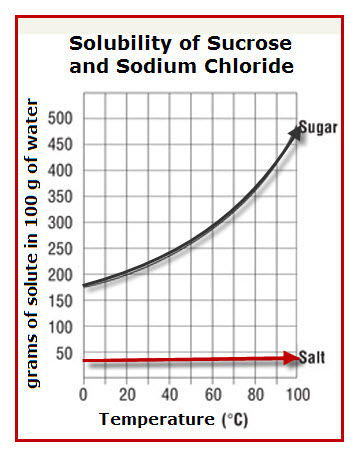One of the big, big advantages of homeschooling is you can “have school”, as in teach and learn, anytime, anywhere there is an opportunity. This is invaluable, especially if you believe in experiential/discovery/inquiry based learning.
Following is a chat we had yesterday evening.
Srikar: Appa, is my cold better today, compared to yesterday?
Me: You do sound a little better.
S: So, at this rate, how long will it take for the cold to completely go away? (he has been missing cold food stuff because of the cold and is eager for it to get better)
Me: It might take another 4-5 days. (I was intrigued by his use of ‘at this rate’ – we had just finished fractions and decimals in math and I was just about to introduce percentages, unitary method etc. so, decided to press on)
Me: So, Srikar, what is ‘rate’?
S: Rate is how fast it happens. It is speed.
Me: How do you know the speed of anything?
S: You have this round dial thing – speedometer. It has a needle, you look at it to see the speed. (sitting in the front and watching the dials in a car or bike is his favorite activity)
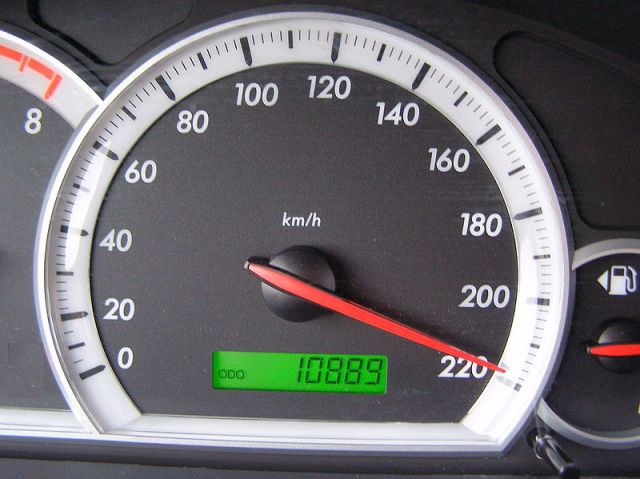
Me: Where did you see speed last?
S: I saw the speed on the avenger (my bike)
Me: How much was the speed?
S: 70
Me: 70 what?
S: You know, Kilometers per hour. (he said this but it was clear he was just repeating something he heard or read)
Me: So, if you do not have a speedometer, say, you are running, and you want to know the speed, how will you know?
S: I will have to measure it.
Me: How?
S: Dunno
Me: Say, you jog from here to JP Nagar park in the morning and you want to find your speed, what will you measure?
S: Dunno
Me: You said speed is kilometers per hour. What is kilometers?
S: Distance
Me: What is hours?
S: Time
Me: So, to get speed, what do you need to measure?
S: Distance and time
Me: Say you measured and you know you ran 800 meters in 15 minutes, how will you get speed?
S: I will calculate it.
Me: How?
S: I will multiply. (this is his stock answer these days. He knows addition and subtraction situations thoroughly, so, when he doesn’t know, it has to be multiplication. I guess division hasn’t really been understood fluently yet)
Me: Okay, let us say you run 10 kilometers in one hour. What is your speed?
S: 10 kilometers an hour.
Me: So, if you run 10 kilometers in 2 hours, what is your speed?
S: 5 kilometers an hour.
Me: What did you do to get that?
S: Division.
Me: So, what how do you find speed? What do you measure and what do you calculate?
S: We measure distance and time and we divide them.
Thats it!! Distance, time and speed is done!
My submission here is that by the time children are in Grade 4 or 5, they have experienced a lot of things we are trying to formally teach them, somewhere in their lives. If we are able to help them connect their experiences with the math we are trying to teach, the learning comes through discovery, gives more joy and also, lasts long.
Have fun and let me know your thoughts in the comments.
PS: If you like this, please consider sharing. The satisfaction of reaching more people will definitely add to my intrinsic motivation. In addition, it could be useful for others and it might also raise your profile in your circle of friends 🙂 Thanks.
You might also want to look at my other posts in the series – one about the use of Socratic method in primary school, other about scientific method and one more about Problem solving through puzzles.
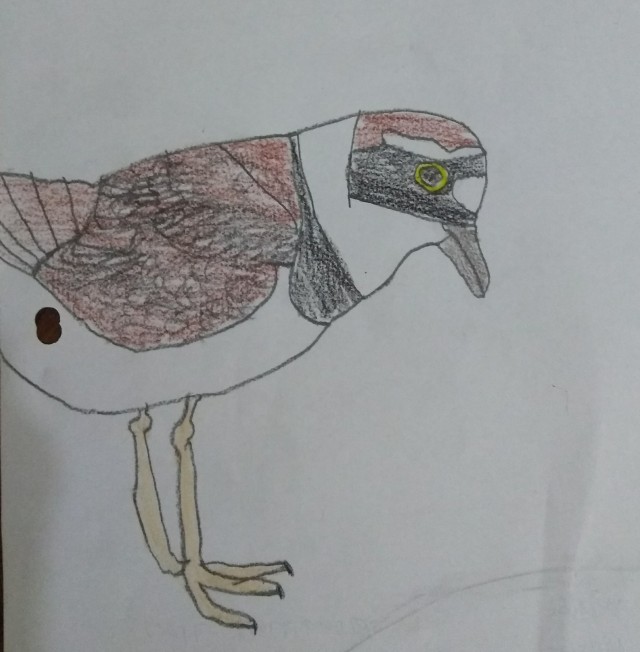
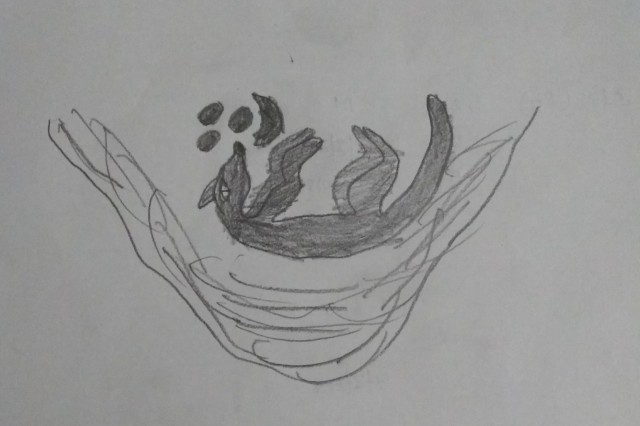


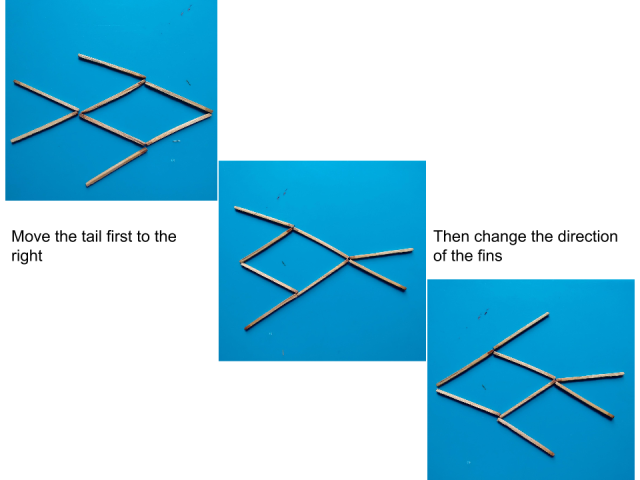
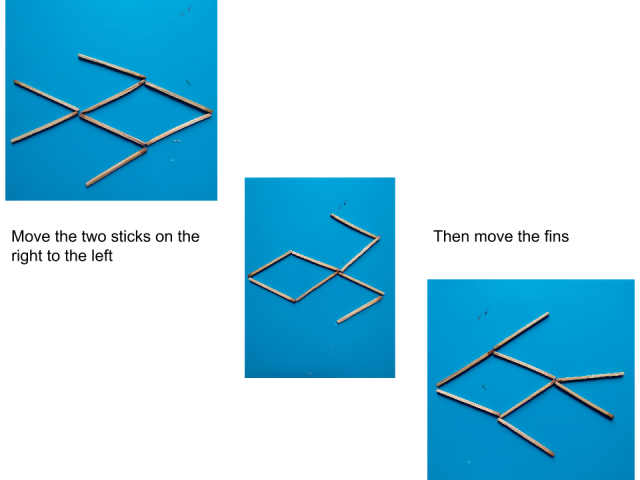
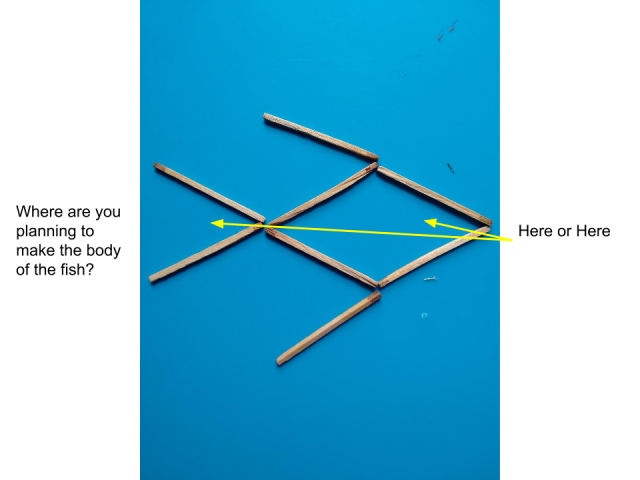
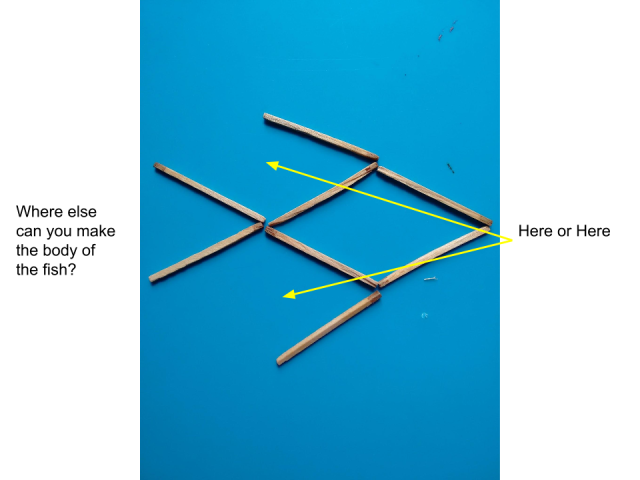
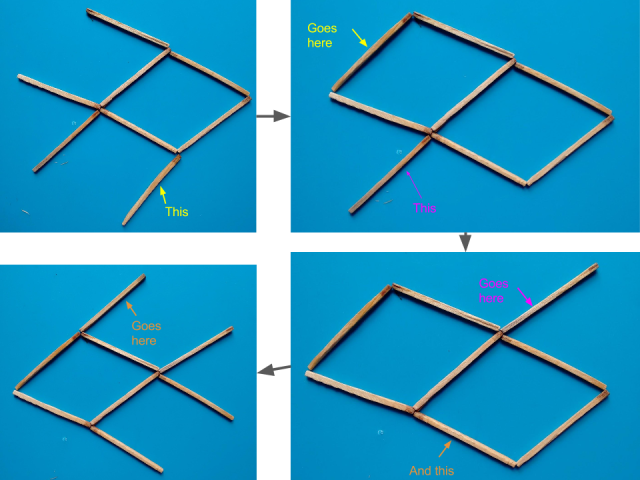
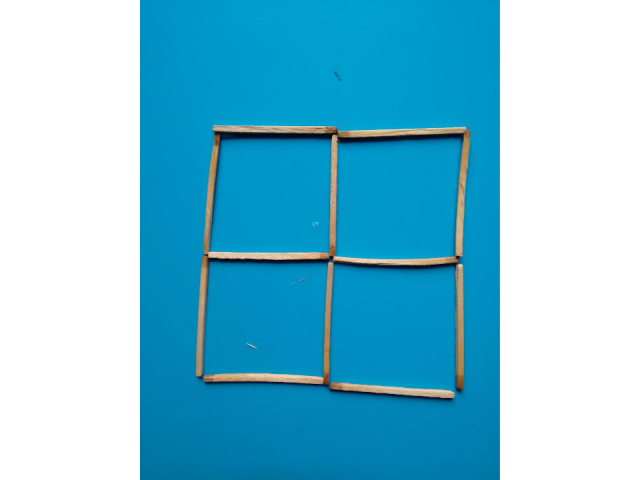
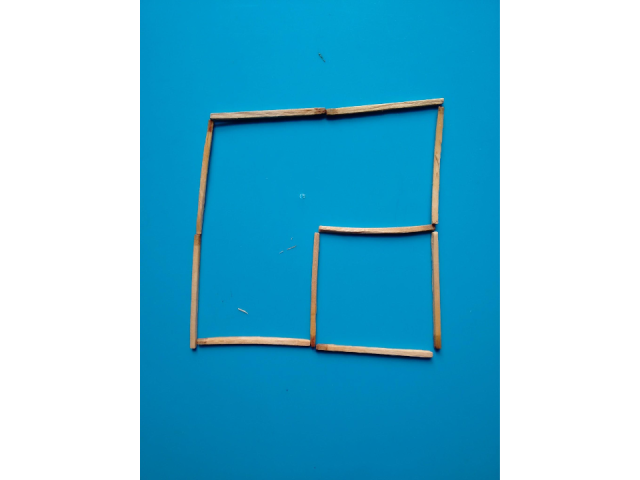

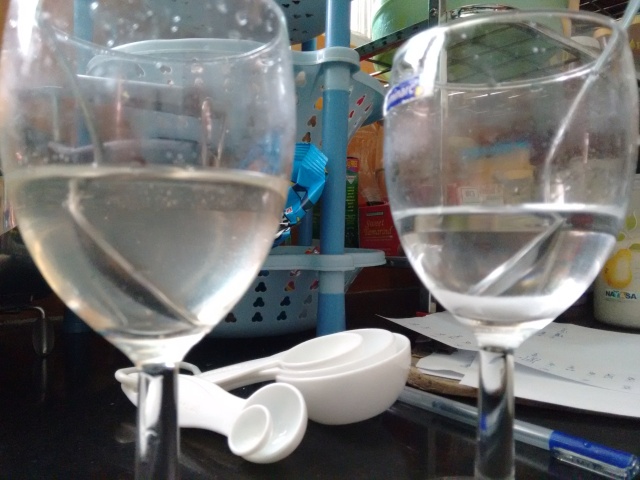
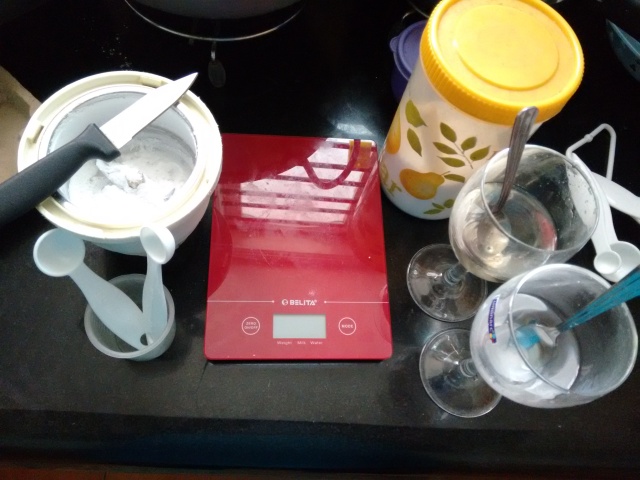 First, we weighed the glasses. Glass 1 was 143 grams and Glass 2 was 139 grams. We used the measuring cup to measure equal amounts of water and also weighed the water. We made sure there was 45 grams of water in each glass.
First, we weighed the glasses. Glass 1 was 143 grams and Glass 2 was 139 grams. We used the measuring cup to measure equal amounts of water and also weighed the water. We made sure there was 45 grams of water in each glass.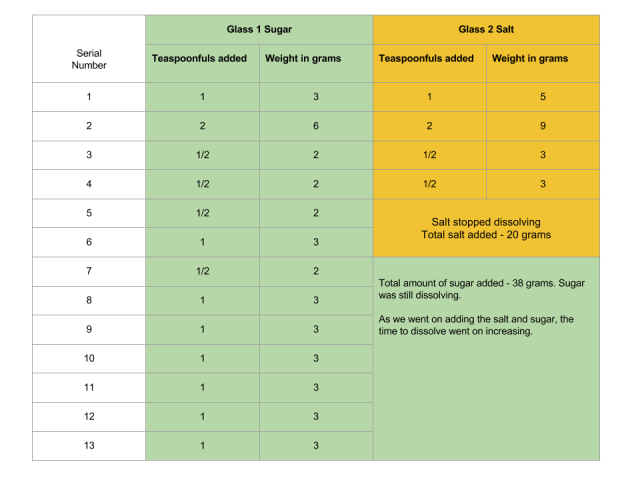 After about 4 teaspoonfuls (20 grams) of salt, we could see salt at the bottom of the solution. This did not dissolve even when we stirred.
After about 4 teaspoonfuls (20 grams) of salt, we could see salt at the bottom of the solution. This did not dissolve even when we stirred.